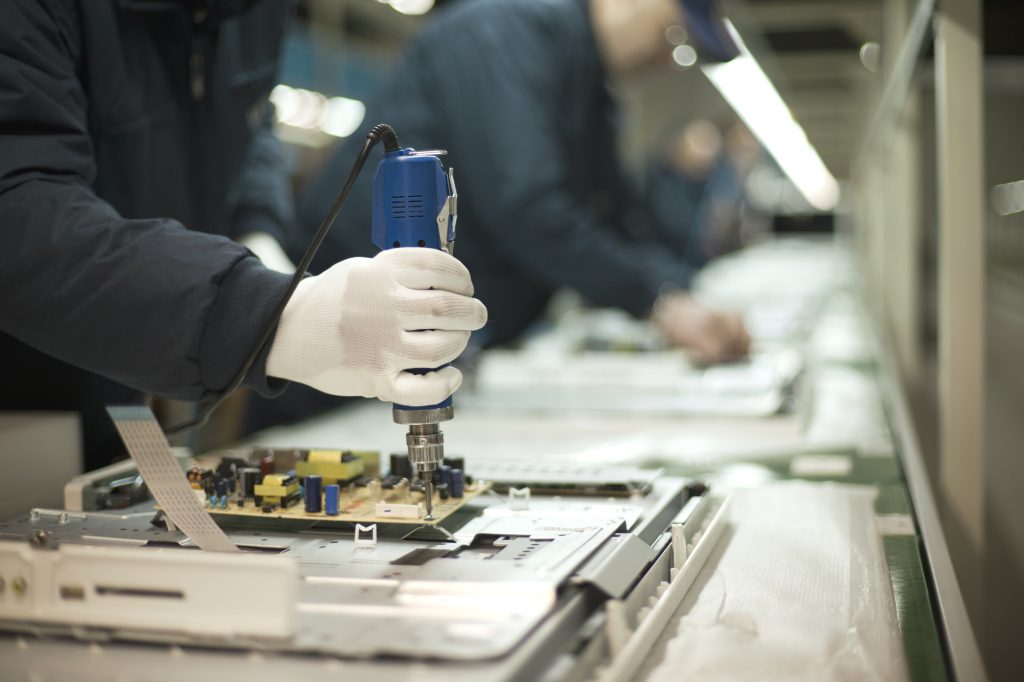Empower yourself you to make informed decisions and choose the most suitable approach for your production environment.
In the dynamic world of production and manufacturing, optimizing efficiency and reducing operational costs are crucial for success. Kitting and sequencing are two powerful techniques used to streamline assembly processes and enhance productivity. In this article, we will explore the benefits, best practices, and differences between kitting and sequencing, empowering you to make informed decisions and choose the most suitable approach for your production environment.
Understanding Kitting
What is Kitting?
Kitting is the process of grouping and prepping all the required components, materials, and tools needed for a specific task or production process. These items are assembled into kits, which are delivered to the production line or workstation, ready for use.
Benefits of Kitting
- Reduced Setup Time: Kitting eliminates the need for production workers to search for and gather individual parts, leading to quicker setup times and reduced downtime.
- Improved Workflow: Kitting ensures that all necessary components are readily available, streamlining the assembly process and minimizing interruptions.
- Error Reduction: By verifying and organizing parts beforehand, kitting helps prevent errors and lowers the chances of incorrect assemblies.
- Space Optimization: Consolidating components into kits frees up space on the production floor and in inventory storage.
Mastering Kitting Best Practices
Efficient Kit Assembly
- Determine Kit Sizes and Quantities: Analyze production demand and lead times to determine the optimal kit sizes and quantities for different tasks.
- Standardize Assembly Procedures: Develop clear and standardized procedures for assembling kits, including quality checks and verification steps.
Organizing the Kitting Area
- Clear Labeling and Storage: Properly label kits and store them in an organized manner to facilitate easy retrieval and prevent mix-ups.
- Cleanliness and Order: Keep the kitting area clean and orderly to ensure efficient operations and minimize errors.
Collaboration and Communication
- Seamless Collaboration: Foster open communication and collaboration between kitting teams and production personnel to address any issues promptly.
- Timely Updates: Ensure that production schedules and changes are communicated to kitting teams in a timely manner to avoid delays.
Understanding Sequencing
What is Sequencing?
Sequencing involves arranging parts or materials in a specific order according to the assembly line’s requirements. The sequenced parts are delivered in the exact order they are needed during production.
Benefits of Sequencing
- Just-in-Time (JIT) Delivery: Sequencing ensures that parts are delivered to the assembly line precisely when they are required, reducing inventory holding costs.
- Elimination of Storage Space: Since parts are delivered directly to the line, there is no need for intermediate storage space.
- Enhanced Line Efficiency: Sequencing minimizes disruptions and keeps the production line running smoothly.
Mastering Sequencing Best Practices
Real-Time Demand Monitoring
- Advanced Demand Forecasting: Implement accurate demand forecasting techniques to facilitate JIT delivery of sequenced parts.
- Real-Time Data Sharing: Share production schedules and real-time demand updates with suppliers for seamless sequencing.
Optimal Delivery Scheduling
- Efficient Transport: Optimize transportation routes and methods to ensure timely delivery of sequenced parts.
- Minimize Delivery Variability: Work with suppliers to reduce lead times and minimize variability in part delivery.
Differences between Kitting and Sequencing
- Core Purpose: Kitting involves grouping components and materials for a specific task, while sequencing focuses on delivering parts in the exact order required for production.
- Inventory Management: Kitting may involve creating kits with extra inventory, while sequencing is more aligned with JIT principles, reducing inventory holding costs.
- Flexibility: Kitting offers greater flexibility in changing assembly requirements, as the entire kit can be modified. Sequencing is more rigid and requires careful planning.
Both kitting and sequencing are valuable techniques that can enhance efficiency and reduce operational costs in production and manufacturing environments. Kitting excels at reducing setup time and improving workflow, while sequencing ensures JIT delivery and optimized line efficiency. By mastering the best practices for each approach and understanding their differences, you can choose the most suitable method for your specific production requirements. Embrace the power of kitting and sequencing, and witness how these techniques transform your manufacturing operations, paving the way for enhanced productivity and success in a competitive market.
The Perfect Planner Team is here if you have any questions about kitting or sequencing, and we offer a free consultation service. If you would like to connect with us on this article or any other topic, please message us on LinkedIn, shoot us an email at info@perfectplanner.io, visit our website at www.perfectplanner.io, or give us a call at 423.458.2979.
Author: Thomas Beil
Publication Date: August 10, 2023
© Copyright 2023 Perfect Planner LLC. All rights reserved.






